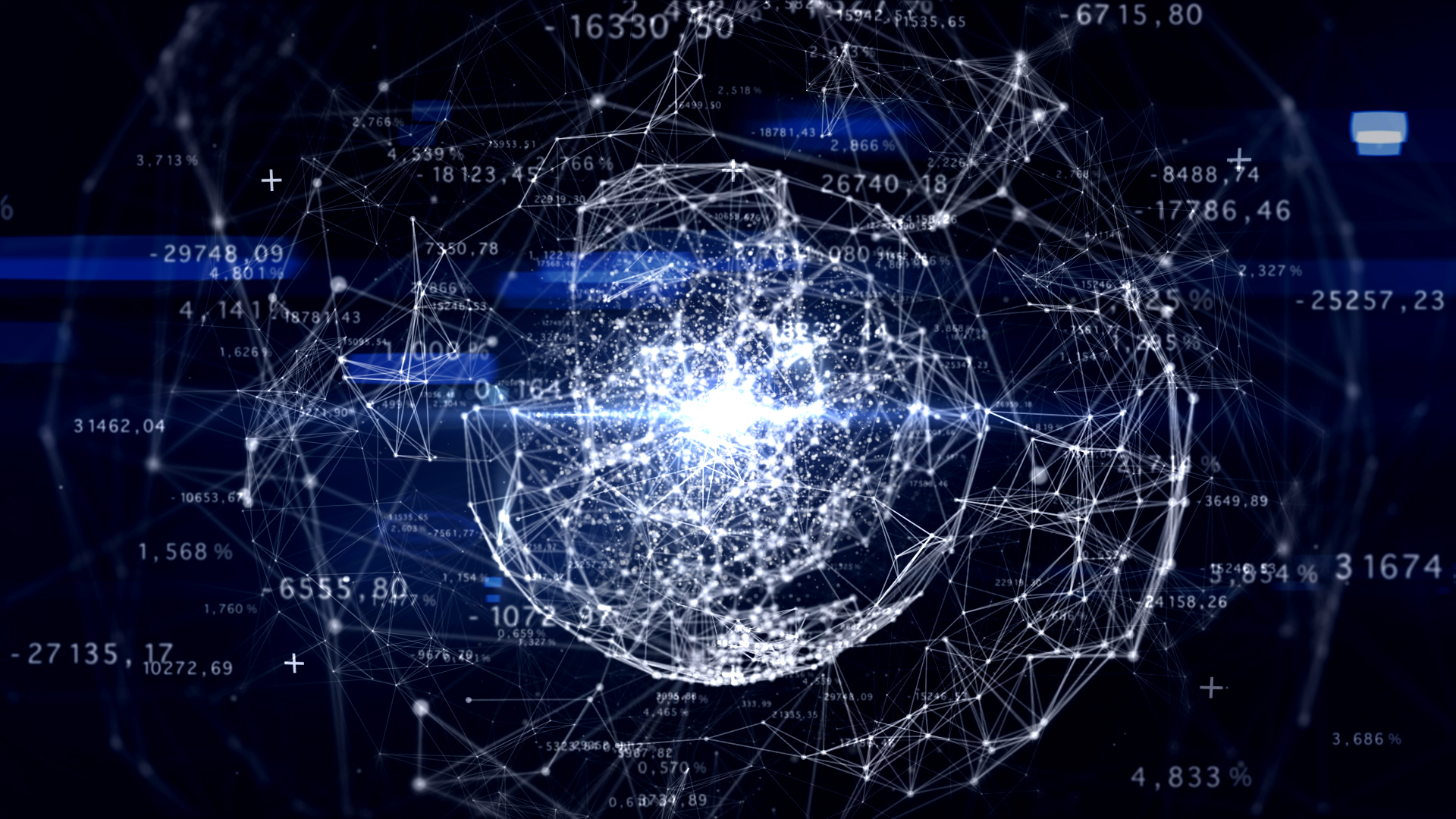How Does the Internet Really Work?
The Internet’s popularity has nowadays exceeded all expectations, having become more explosive and indispensable than ever. Whether you’re missing a piece of information, or whether you want to search for a movie, the web seems like the easiest and most reliable source of information. Although the Internet has become such a significant part of our lives and almost everyone has access to fibre optic installers, few of us understand how this incredible tool works, or how it has become this efficient.
In this article, we will cover enough to give you a basic understanding of the concepts involved and will highlight the way in which millions of computers all over the world are digitally connected to each other by cables, fibres or wireless links. Using the Internet to browse websites, communicate with people, download pictures and videos is seamlessly accessible, but what hides behind this incredible network of wires and digital connections?
What is the Internet?
Our ability to communicate on a global scale has been made easier thanks to an incredibly complicated worldwide computer network we call the Internet. Linking 210 different nations this online tool has even reached developing countries and given them access to free education and knowledge.
For the majority of Internet users, using the Internet means going online and searching for specific topics (i.e., videos, music, articles). Although we did mention how complicated this network is, it has many similarities to highway networks or telephone networks that seem to criss-cross the world. In fact, similar to our telephone conversations, the World Wide Web and the information on it travel from one place to the other –including MP3 music downloads, instant chats, file and data sharing, along with others.
In other words, the Internet can be viewed as a vast collection of computers and their supporting network (i.e., those found in Universities, companies, schools, businesses) which are linked tightly together using the telephone network. These connections follow the same principles as our phones and other systems, using an intricate yet old-fashioned mix of copper cables, wireless radio connections (used for transmitting the information via radio waves), fibre-optic wires (for a pulse of light speed), and satellite links.
What does the Internet do?
The Internet is designed with the purpose of moving data, otherwise known as digital information, from point A to point B. This goal might sound simple enough, but looking at the bigger picture may put things better into perspective. Although the Internet acts as an online postal service, there is nothing straightforward about sending information at the speed of light. Yes, “letters” are passed from one place to the one, regardless of the recipient or seller, but there is no person involved to perform this action physically. In comparison to the postal office, the mail service is designed only to move the letters rather than be concerned about who is performing the action. This quality might explain why the Internet is viewed as giving people freedom of speech and movement.
Sending a request
An excellent question you may be asking is concerning an image you see on a webpage. How can that picture get to your computer in a matter of seconds? Well, it’s essential to understand that images are hosted using a web server. Hosting services are widely available, and although there are some which could cost an arm and a leg, there are many verified promo codes which can offer you incredibly attractive deals.
The virtual packet that comprises the request has a series of information attached to it, including an IP address of the web server and the IP address of your computer (the one received the picture). Specially designed computers called routers, along with other devices called switches, direct the information from the web server to your computer, or vice versa. If you’re wondering how close this server has to be, it doesn’t matter –it can be four miles down the road, or on the other side of the world.
Receiving information
Receiving information is the second piece of the puzzle, and once the packets of data are obtained from the other person or server and get to you, the details will be displayed on your screen. In some cases, images or substantial information have to be split up into tiny “packets”, often hundreds or thousands, but once the data reaches you, the image, article, or video will have the complete picture.
How does Internet data move?
Circuit switching
As previously mentioned, a large proportion of the Internet uses the conventional public telephone network we are all aware of. Nonetheless, there are significant differences in how the two operate and carry data. More specifically, when you ring a friend, your telephone opens a direct connection between your home and the second person. While on the phone, the circuit or connection will stay permanently open between the two, and that’s due to the circuit switching.
Once upon a time, a call was monitored by someone sitting at a switchboard and attempting to make a temporary connection from your home to the other. The process has since then been atomised, and it allows for fewer chances of disconnecting.
The same applies to a secure Internet connection. If you are using a traditional “dial-up” connection to the web (in which your computer dials a number with the goal of reaching your Internet service provider), you are using the circuit switching to ensure an online connection.
Packet switching
An improved way of moving data on the Internet is called packet switching. Instead of opening a long-winded telephone connection between you and a potential client in Denmark, you can send an email and write everything down in one go. Each email is tagged using its ultimate destination and allowed to travel efficiently and separately.
In comparison to circuit switching, packet switching is faster, more secure and more efficient. The main difference is that you don’t need a permanent connection between the two places that are in direct communication. In other words, the entire network is used more evenly, meaning that the interaction between the two is more reliable and quicker –even when in different parts of the world.


